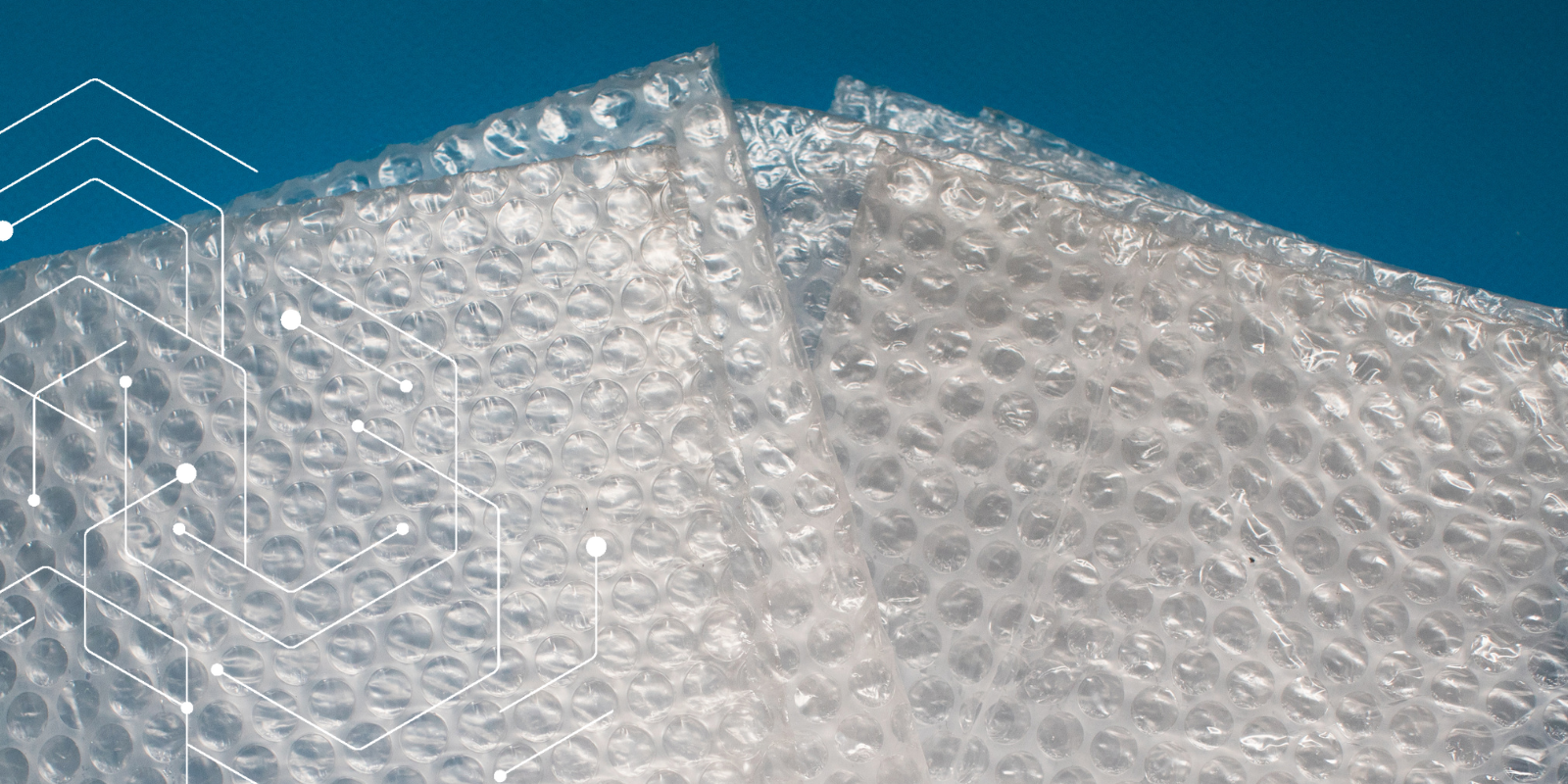10 Tips for Proper Shipping of USP 797 Samples

The 2023 revisions to USP <797> increase compliance requirements for compounding pharmacies. Following proper handling and shipping procedures for lab media can help ensure all that extra effort doesn’t go to waste. Here are ten tips for ensuring your gloved fingertip and surface samples arrive safely.
1. Label samples on the bottom or base of the media device. Labeling samples on the bottom of the device allows an unobstructed view of any biological growth. If gloved fingertip sampling, write the corresponding sample number from the chain of custody on the bottom of the agar media device.
2. Ship media with agar side facing down. This prevents condensation from dripping onto the surface of the media and impacting sample integrity.
3. Place labeled media-fill samples for each technician in separate bags. Mixing samples and putting them all in one bag can lead to confusion when logging the COC and samples intended for analysis.
4. Parafilm each plate. Even if plates have a locking mechanism, lids can loosen during shipping and potentially impact the integrity of the sample. Wrapping each plate in parafilm helps prevent that from happening.
Note: While duct tape has many uses, securing plate lids is not one of them. Duct tape, masking tape, and even cellophane tape can be difficult for technicians to remove without disrupting the sample media. As noted in tip #4, parafilm is the best choice.
5. Use an appropriately sized box. You never know what sort of care delivery drivers will take with your shipment. You can minimize the chance of your samples shifting during transit by choosing an appropriately sized box. Additionally, be sure not to use a box so small that your samples are in danger of being crushed if poorly handled.
6. Use plenty of bubble wrap. This tip goes hand-in-hand with tip #5. Your shipping container needs to be large enough to accommodate bubble wrap or other cushioning around and between samples. If there’s room left over, fill up those empty spaces with more packing material. (Or ice packs. See tip #7.)
.png?width=370&height=370&name=bubble%20wrap%20(1).png) 7. Use ice packs when shipping. You need to keep samples cool during transit to prohibit the pre-mature growth of biologics. Incubation should always be done under controlled conditions; according to the revised USP <797> requirements. However, ice packs should not directly contact plates/media. Always place a layer of insulation between the ice pack and the agar media/laboratory samples.
7. Use ice packs when shipping. You need to keep samples cool during transit to prohibit the pre-mature growth of biologics. Incubation should always be done under controlled conditions; according to the revised USP <797> requirements. However, ice packs should not directly contact plates/media. Always place a layer of insulation between the ice pack and the agar media/laboratory samples.
8. Ship samples overnight. Overnight shipping helps ensure your samples stay cool until they arrive at the lab. In addition, overnight shipments often receive greater care as the carrier must get the package to its destination by the next day. Because your package spends less time in transit, there’s simply less opportunity for rough handling.
9. Include all paperwork with samples. This includes a completed chain of custody (COC) form to be completed by the lab. Sample locations on the COC should match the labeling on the samples.
10. Don’t assume your lab is open. Finally, if sampling around the holidays or sending samples to arrive on a Saturday, make sure your lab is open and can begin incubating as soon as samples arrive.
When in Doubt, Call
Other labs may have different shipping requirements, so when in doubt, call your lab. Of course, Pace® customers are always welcome to call us directly at 877-648-9150. General questions and requests for more information can also be sent to us online.


